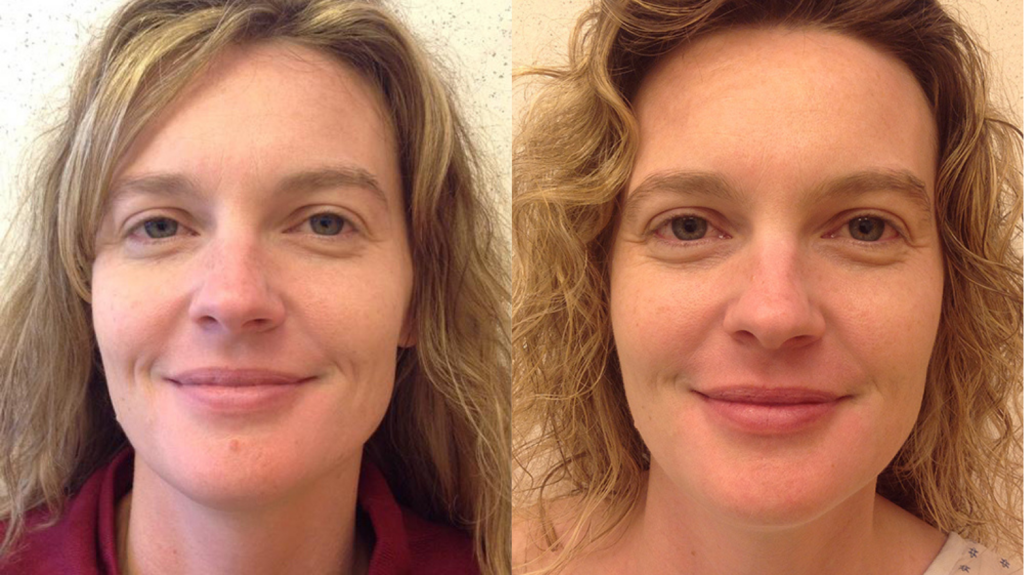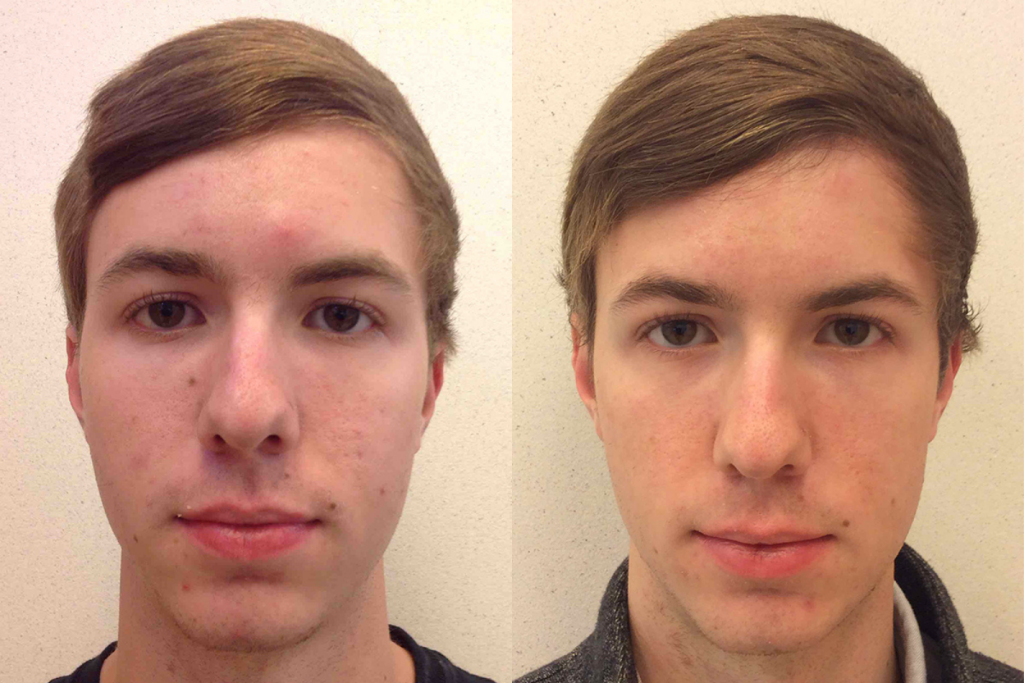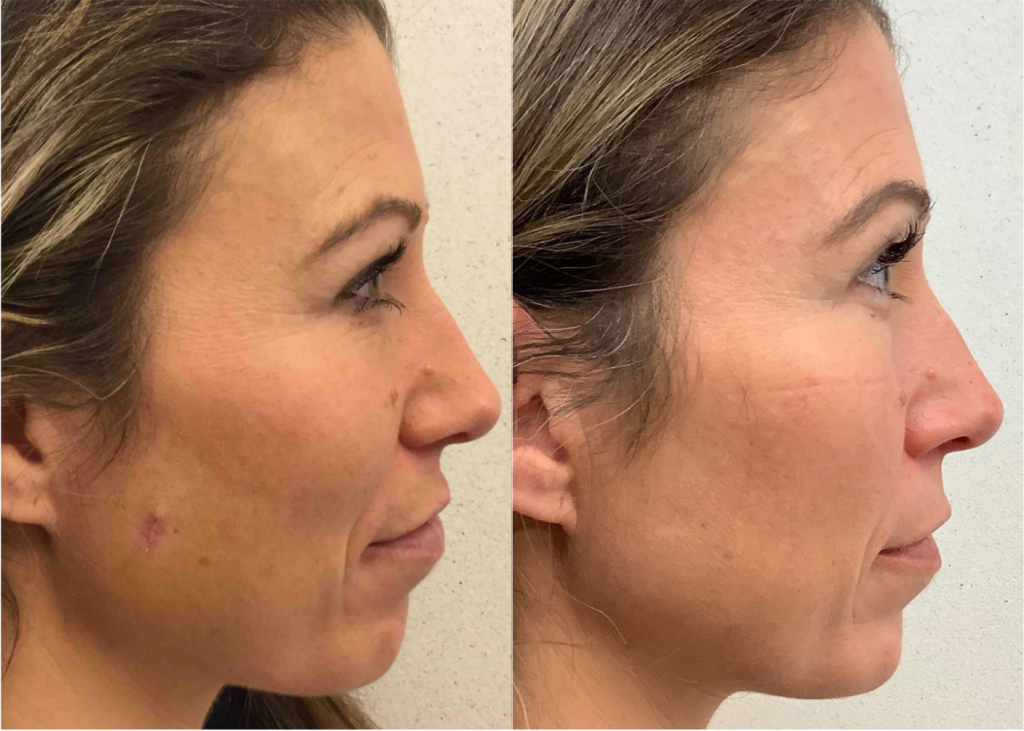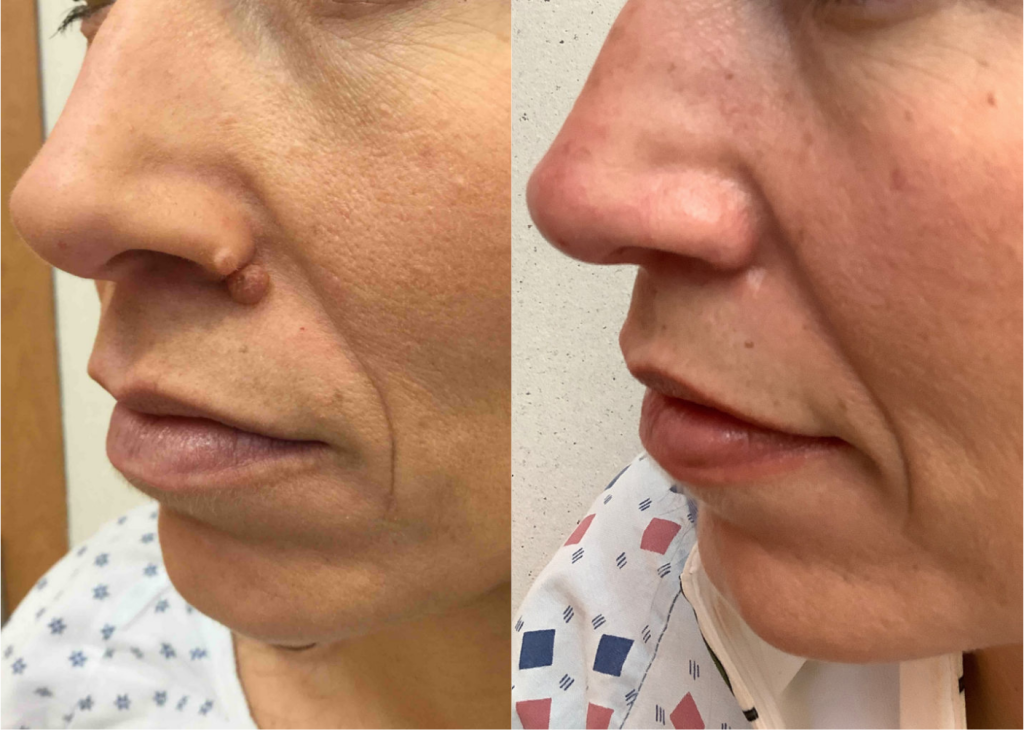Omaha’s trusted mole removal specialists
Learn more
EXPLORE YOUR OPTIONS
Schedule an appointment for a mole check
Overview
Discover more about skin cancer protection, dangerous moles, and the skin mole removal procedure.
Moles are dark spots that appear in different areas of the body. They come in many different shapes and sizes and they can sometimes signal an early stage of cancer or other concern. While moles are often left untreated, it’s important to have them checked when they grow at an alarming rate, bleed, turn significantly darker or appear much larger than normal.
Dr. Joel Schlessinger and Dr. Daniel Schlessinger, board-certified dermatologists at Schlessinger MD in Omaha, can assess your moles and remove them, if necessary. They have the medical background to recognize suspicious moles and the surgical skill and training as cosmetic surgeons to remove them cosmetically. Dark, flat moles are the ones that can often cause problems, including melanoma, especially if they change dramatically over time.
Patient reviews
★★★★★
I am so impressed with the care I received here. The nurses are wonderful and Dr. Jackie is beyond knowledgeable and so attentive to every concern. She quickly diagnosed the issue and proactively consulted with me about removing two suspicious moles which was completed the same day. The staff members are all incredibly personable, genuine and highly empathetic.
Before & afters
These are unretouched photos of Dr. Schlessinger’s own patients
Q&A with Dr. Schlessinger
Your commonly asked questions answered.
Related content
Contact us to learn more about our dermatology services.
At Schlessinger MD our skin experts specialize in various treatments because we believe that everyone can have healthy skin. Joel Schlessinger, MD is a highly skilled and experienced board-certified dermatologist, recognized as the Best Dermatologist and Cosmetic Surgeon in Omaha since 2000. Our team is dedicated to providing you with the best results and experience possible. Contact Schlessinger MD today or book your acne appointment online now using our booking tool.



